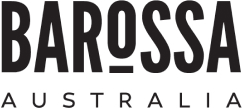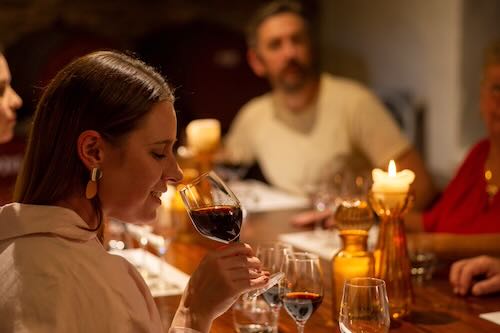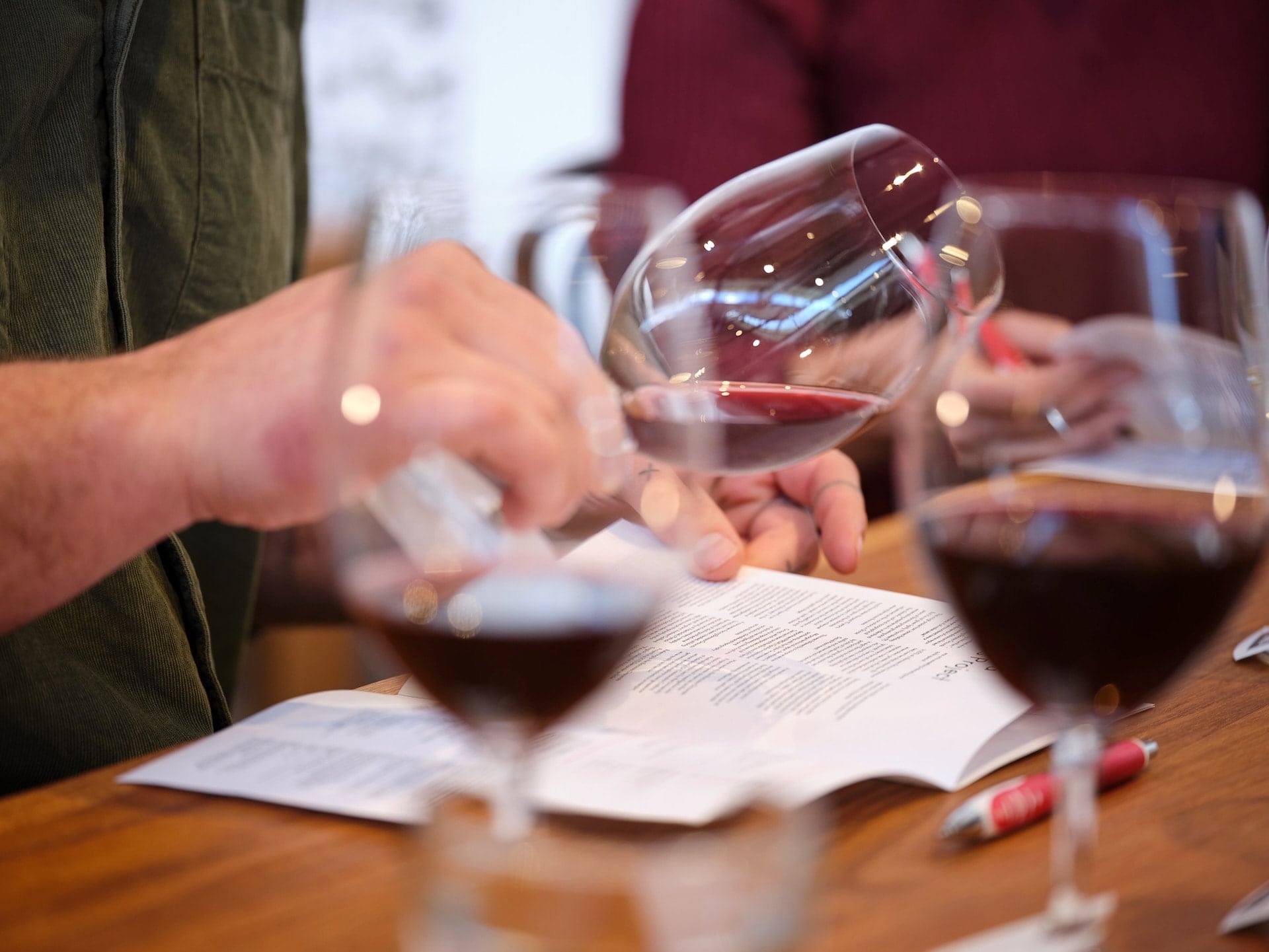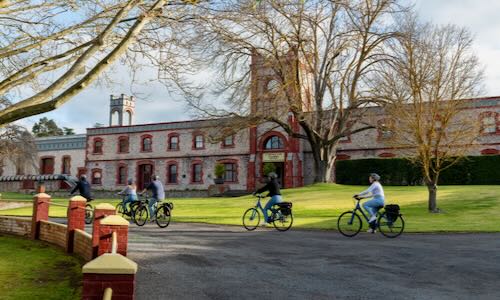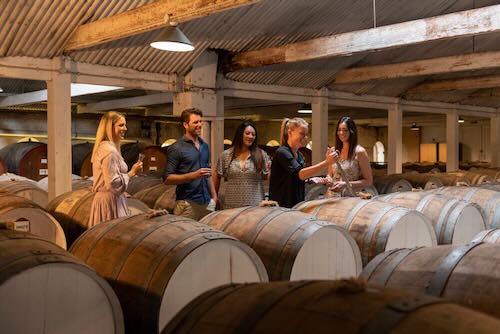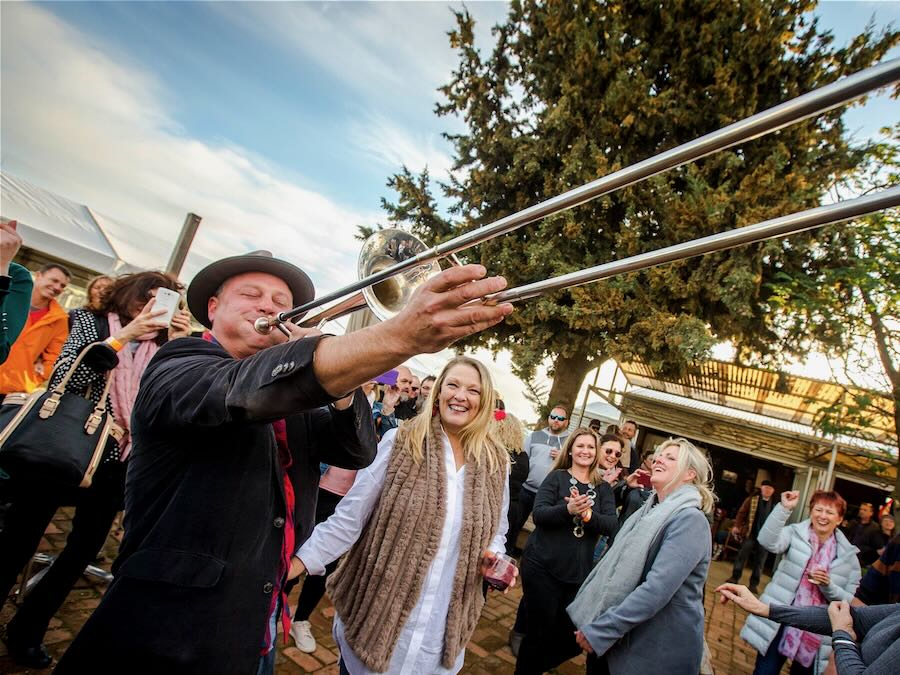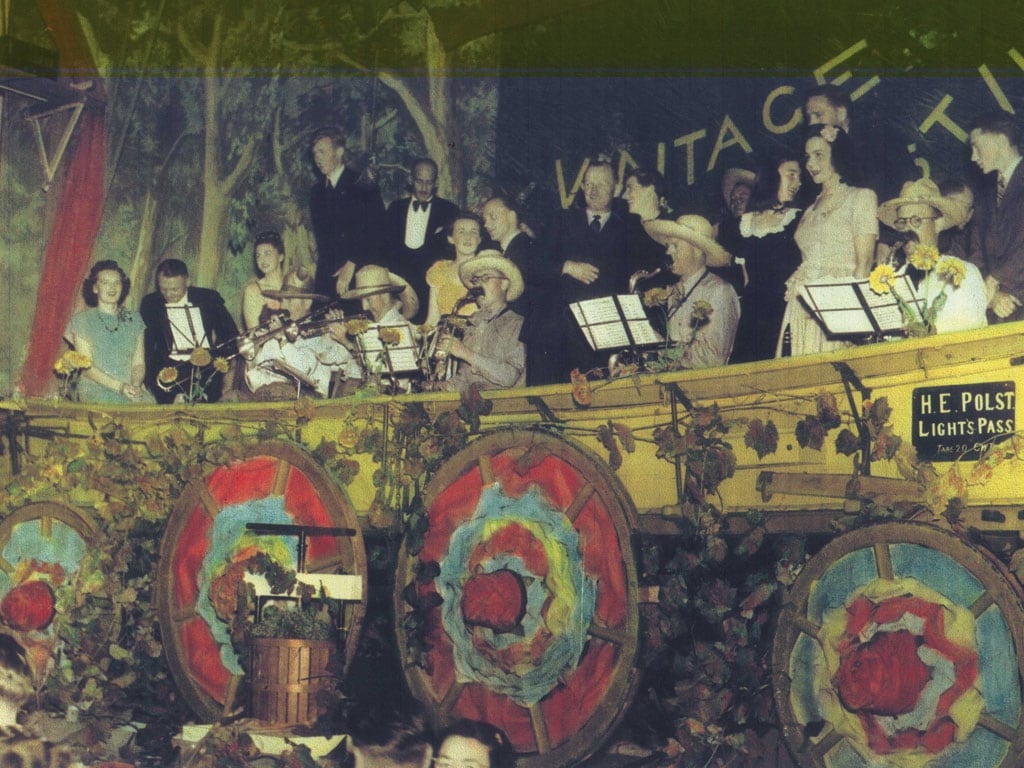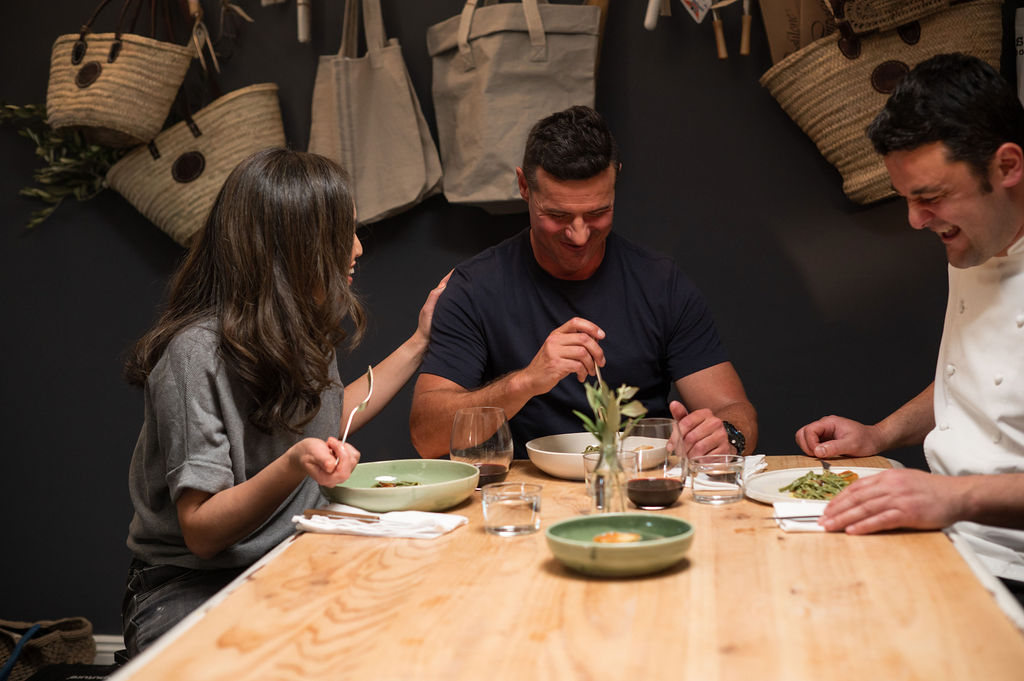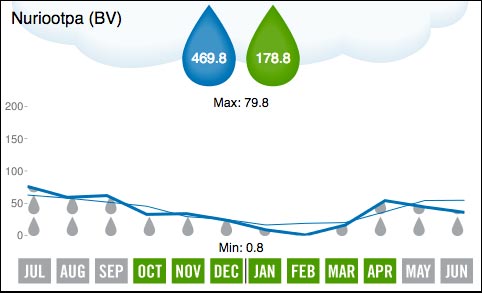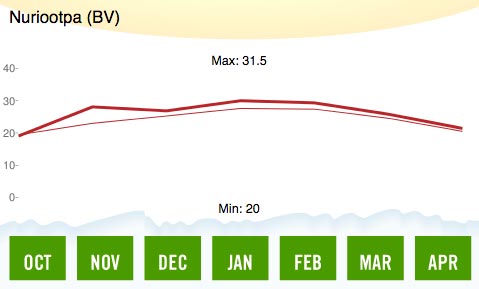Summary
A very dry preceding winter and a dry hot summer with low rainfall.
In 1951 there were 7,609 hectares of vineyards in Barossa and 24,226 tonnes of wine grapes were crushed in that vintage.
Highlights
Vineyard soil management was restricted to traditional cultivation and those cover crops that were were grown were ploughed in as green manure.
Irrigation practices were also very basic with growers sinking wells and simply pumping into furrows. Nevertheless, there was an early recognition of salinity problems.
Although exports of Australian table wine were limited, the shift by overseas wine drinkers to dry red had placed pressure on Barossa wineries to submit to change.
As a result, refrigerated red wine fermentation was first used at Penfolds in 1951 and the first attempts were made with red wine barrel fermentation – most notably by red winemaker Max Schubert who created the first Grange Hermitage at the company’s Magill Cellars in this year.
At Orlando winemakers introduced the first stainless steel eutectic tanks for cold stabilisation of wines subjected to home refrigeration. This technique was used with sherries, ports and even red wines as well as white burgundies to overcome the cloudiness that took place when consumers popped their wines into their new Kelvinators and Frigidaires.
Sources
SA Wine Grape Crush Survey, Vinehealth Australia and ‘Barossa Vintages: a wine history from 1842’, Peter Fuller

